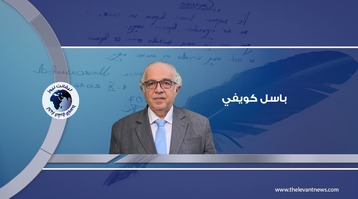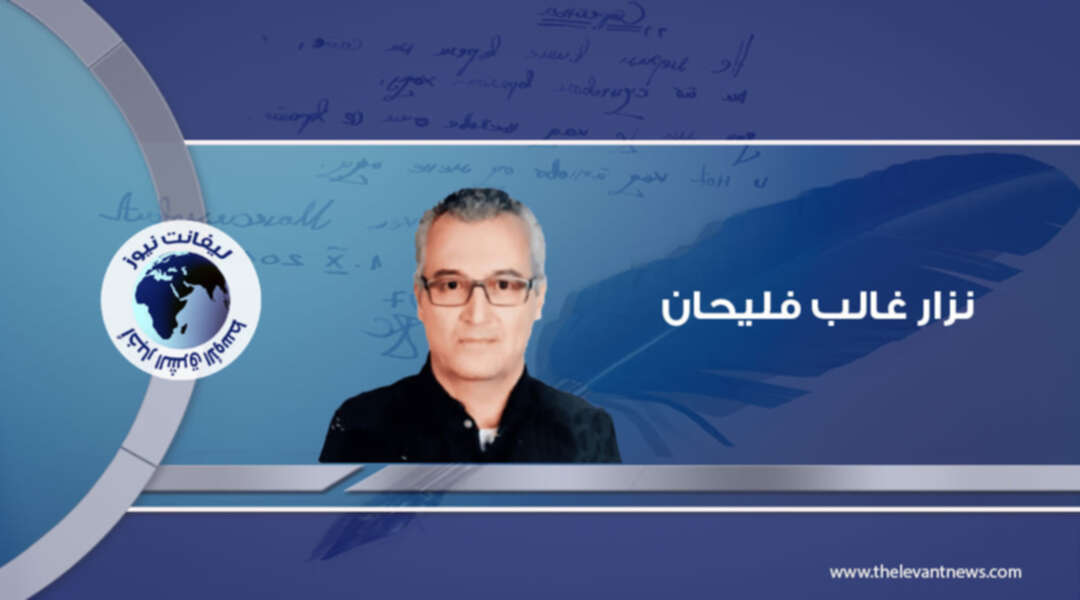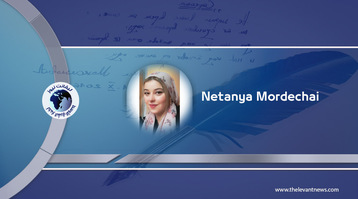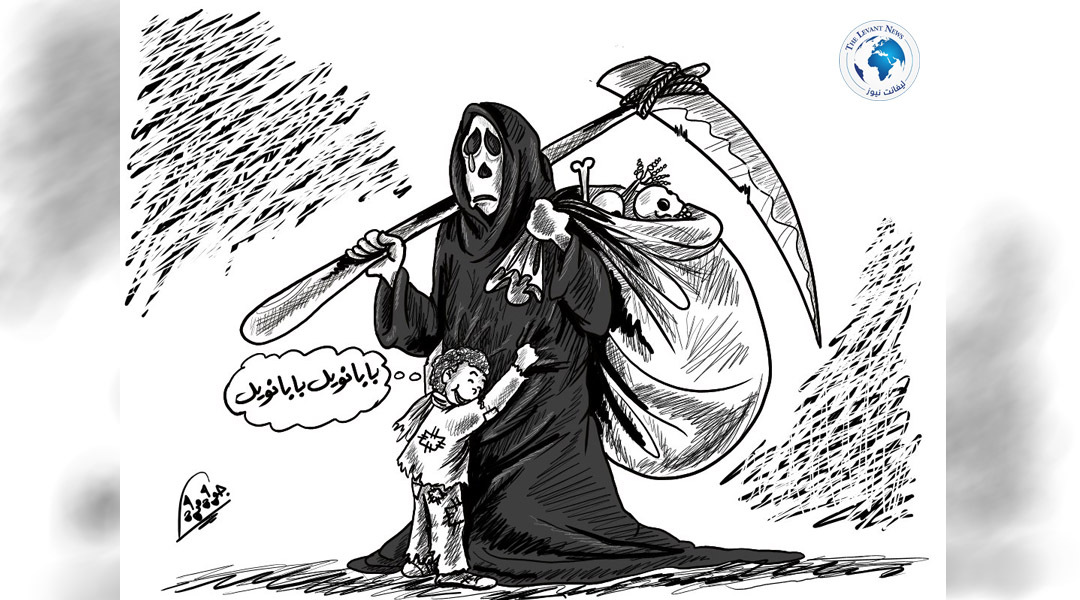-
A Decade of Za’atari Camp

If Syrians feel forgotten against today’s global list of priorities spare a thought for Syrian refugees. Inside the country the conflict lines are largely frozen, but the threat of serious violence is never far away as the tectonic geopolitics of the region move. Outside of the country the debate has been dominated for several years now as to when refugees will return home, but this is a false and inaccurate reflection of where Syrian refugees see their future.
Za’atari refugee camp is a microcosm of the story of Syria’s 5.6 million refugees. It is the largest Syrian refugee camp in the world and since those fleeing the conflict first pitched tents over ten years ago, it has grown into a sprawling town complete with 32 schools, eight health facilities and 58 community centres. Currently, close to 82,000 refugees officially live in Za’atari, of whom 40% are younger than 11 years old and have never known life outside the camp, or life in Syria. Unofficial estimates put the number of actual residents closer to 120,000.
Over a decade ago the thousands that fled the bombs and bullets could have hardly imagined that they would still be in the camp, only 12km from the border of their homeland. Yet like so many other refugees the protracted nature of the conflict has consigned them to a life in limbo, neither in one place nor the next with a future that is hard to chart. One simple fact is that they do not feel it is safe for them to go back to Syria. President Assad remains in power and the threat of detention, conscription or other forms of reprisal is very real indeed. So much so that a recent national survey found that 94% of Syrians in Jordan did not plan to return to Syria in the coming year.
Yet although these refugees are effectively stuck, theirs is not a comfortable limbo. Indeed, the rapidly increasing cost of living is combining with the steady reduction in levels of humanitarian support resulting in many falling into crippling poverty and debt. The cost of food in Za’atari, for instance, increased by 22% over just four months in 2022. Two-thirds of the school-age population at the Syrian refugee camp in Zaatari, Jordan, are receiving education, but many of those who are not are being pushed by their families into early marriage.
More than 90% of Zaatari residents are from Daraa and its neighbouring villages. Clashes in Daraa between local and national forces occur frequently and reports of a campaign of assassinations has taken out top military and civilian leadership in Daraa province despite promises from Damascus of levels of autonomous rule. In 2018, Damascus reached a Russian-sponsored settlement agreement with the factions of the opposition Southern Front. Under the agreement, opposition factions were allowed to remain in the south with their personal and medium weapons, while the regime’s administrative and service institutions resumed their work.
For such an agreement to sustain in the long-term trust would need to be forged and if the situation was genuinely more stable then you could have expected higher interest from refugees to return. The insidious disappearance of Daraa’s locals is combined by continued economic problems of their own inside Syria, let alone the wider pictures of horror that emerge from the country and stay the hand of refugees contemplating returning. A new Syrian defector has just revealed images of over 800 prisoners that were tortured and murdered in Aleppo Central Prison in 2013-14 for instance. This is being dubbed "Caesar II" -- but is just a glimmer into the true scale of the regime's killing machine and what it is capable of.
If return is not a serious option, then much more thought needs to be given to larger and more organised resettlements of Za’atari’s population to country’s far beyond the region whose hospitality has failed to meet the standards set by Jordan. Ensuring those who have known nothing by Za’atari in their whole lives a sense of hope for the future is critical in preventing the camp becoming awash with despair. Meanwhile much more support needs to be given to the Jordanian hosts themselves to incorporate the Syrian refugee population into their own economic planning, whether this is through subsidizing Syrian refugees as part of support to the Jordanian Ministry Education or more direct aid to the country in recognition of the costs of hosting such large numbers of Syrians for so long.

BY: James Denselow
You May Also Like
Popular Posts
Caricature
opinion
Report
ads
Newsletter
Subscribe to our mailing list to get the new updates!























